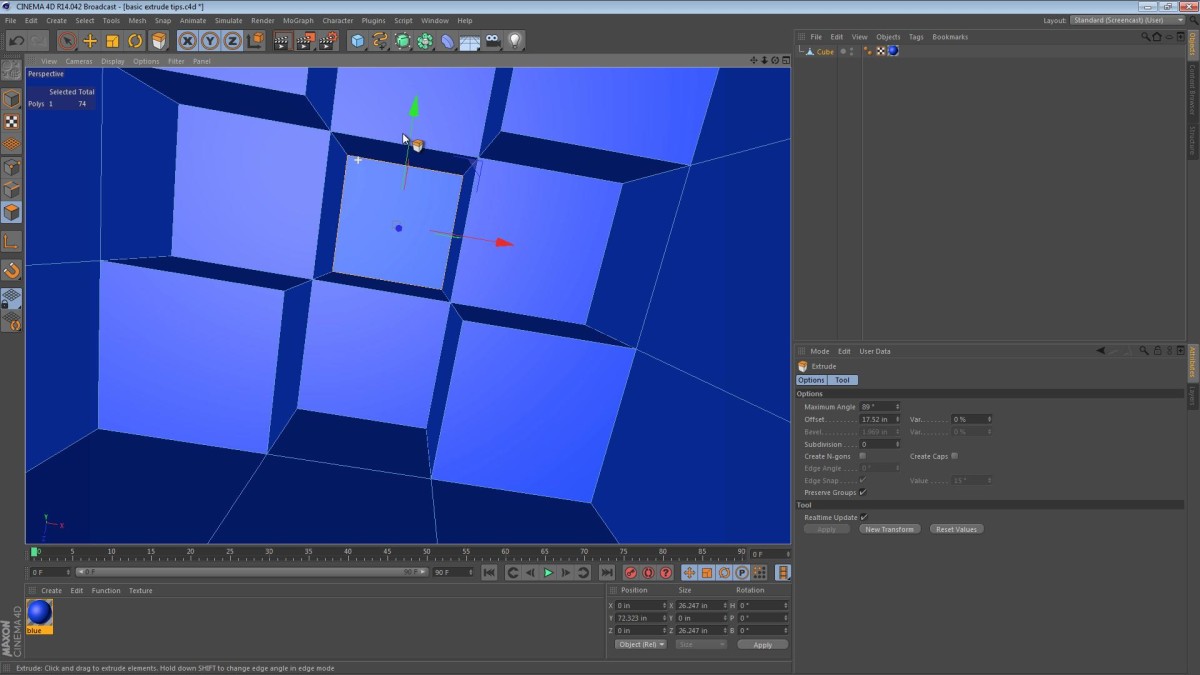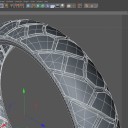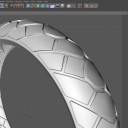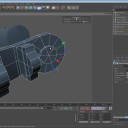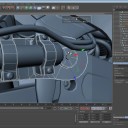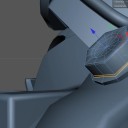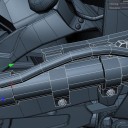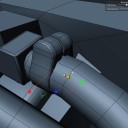This tip comes to us via one of my viewers. The question submitted was specific to the first example in the video. It had to do with creating an extrusion (inwards) near the edge of a cube—what do we do with the extra polygons, and what’s the easiest way to accomplish this? Unfortunately I don’t have a magic solution, but I can show you how I solve the issue in my own modeling. Read More
Tag: modeling
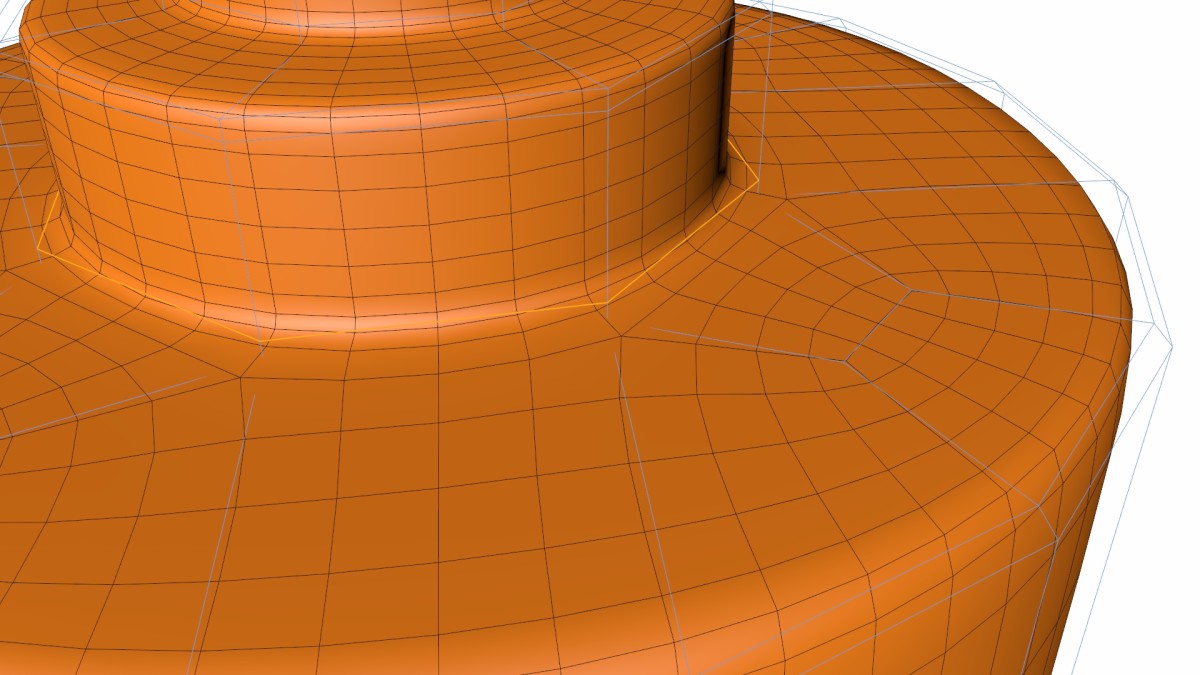
This is one of my longer tips, and it more of a ten minute tip. It focuses on a very simple concept, executed in an elegant manner.
Read More
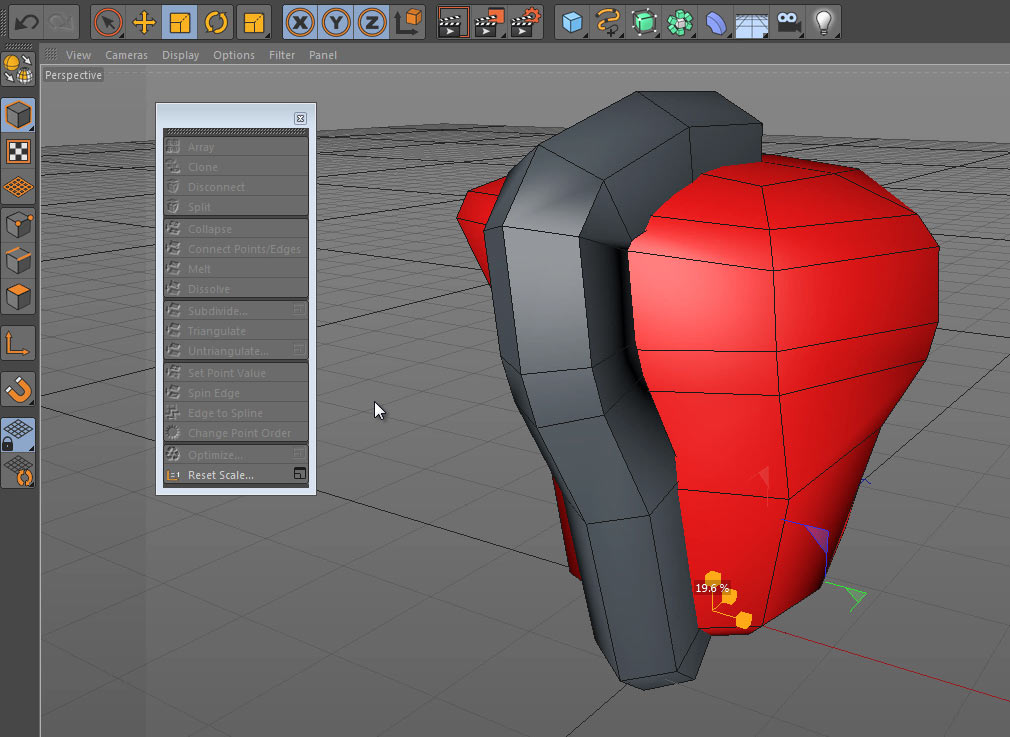
This tip focuses on the relatively simple task of converting some edges to a spline. While this is a simple task, it’s not intuitive or immediately clear that it’s even possible. I hope the video below shows you something new, and that you get to use it on a project in the future.
Read More
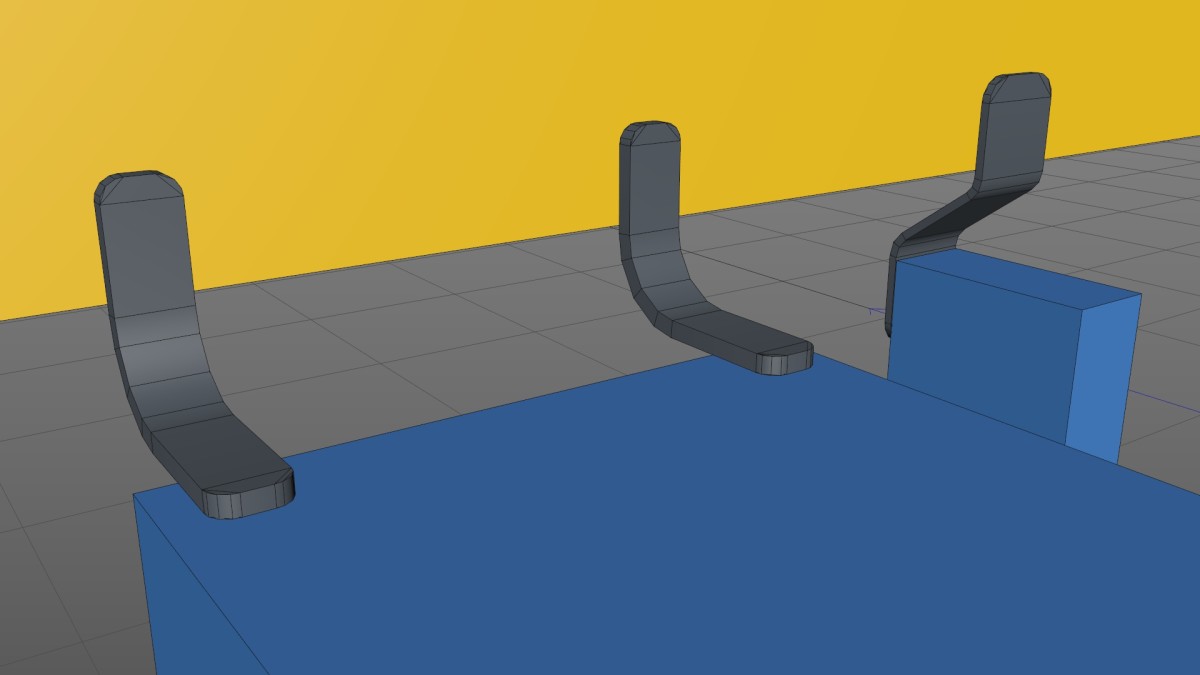
Creating mounting brackets is likely something that many of you consider a boring task; however miscellaneous hardware can be the difference between an ordinary model, and a detailed, convincing model.
The techniques shown below are not meant to be a definitive guide to creating mounting hardware, but rather a peek into one of the techniques I use. I’m sure there might be better or easier ways, and if there are then I would love to hear about them!
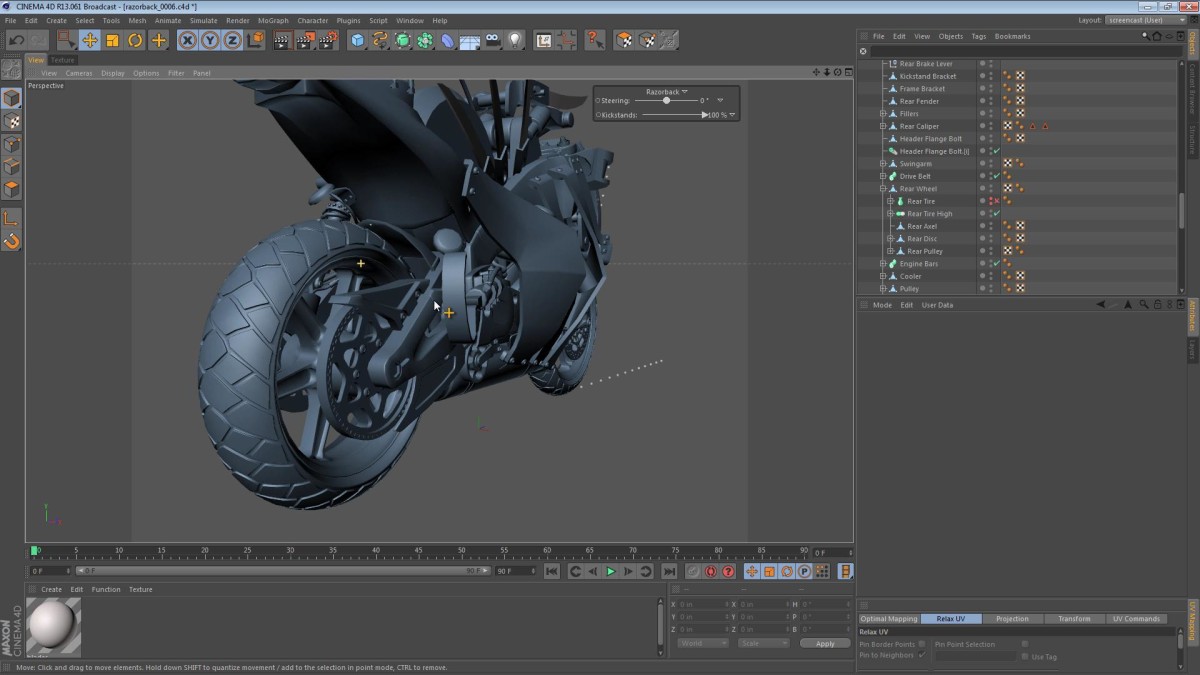
In this part of the Razorback series, we are wrapping up the modeling phase (for now). This video shows a little peek at how the tires were modeled, and then moves onto a little bit of material-making and texturing. If you’d like to see more on how the tires were modeled, then you should check out my motorcycle tire modeling tutorial. It’s long, but a good video I think. Grab a hot beverage and kick back while watching it.
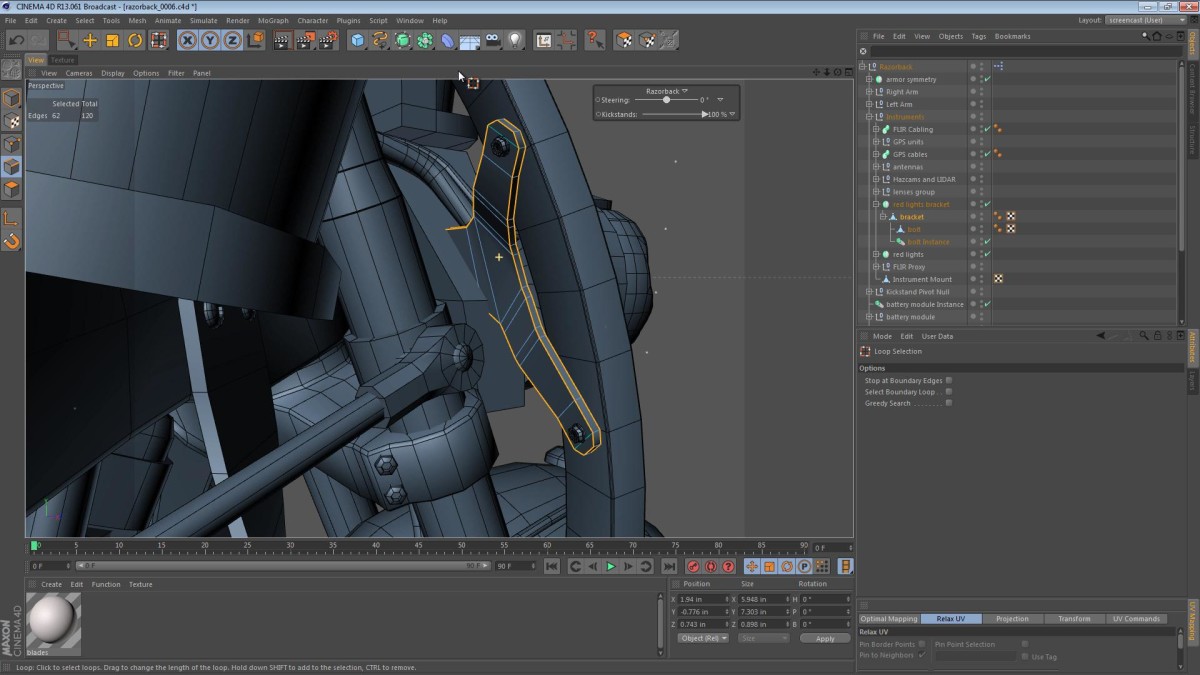
In this part of the Razorback series, we finally create brackets for the Infrared arrays that sit near the front of the machine. These have been floating in space since they were modeled, so it’s about time that they got official mounting hardware. The video is below, and I hope you enjoy it.
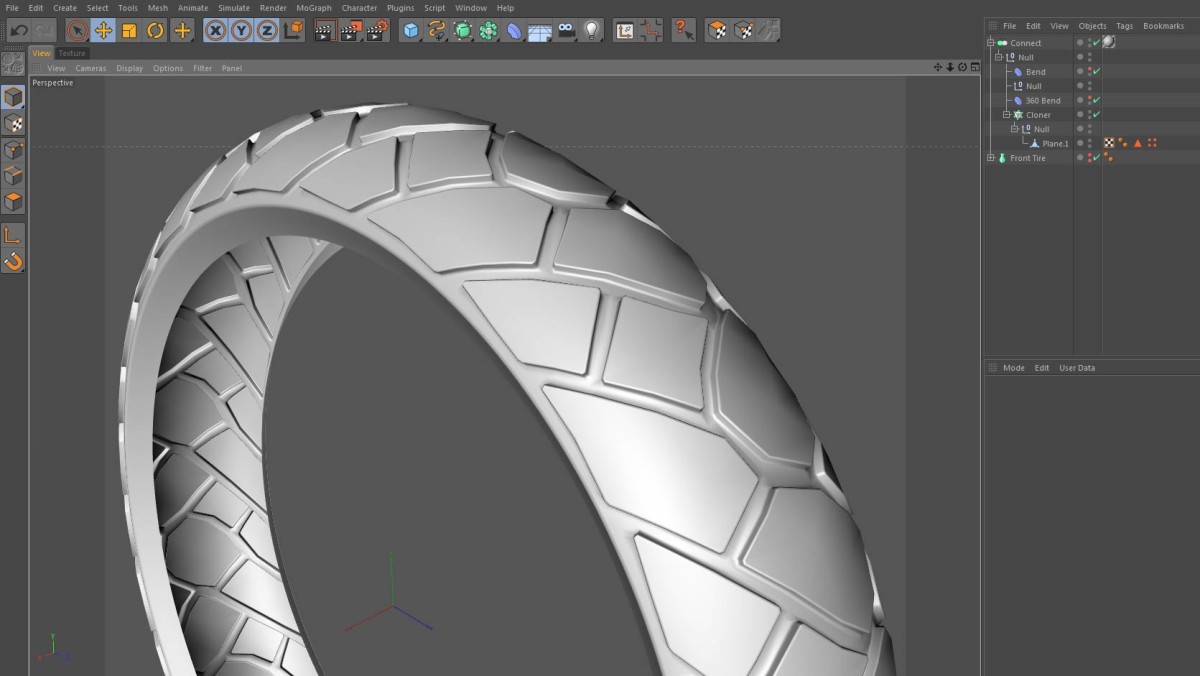
Instead of a Five Minute Tip this week, I thought I’d produce something a little different. One of the more challenging tasks that I face when modeling a motorcycle (something I’ve become quite practiced at) is the creation of the tires. Below is a screencast walking you through the process I’ve recently used. I’ve also included the downloadable project files for you to play with.
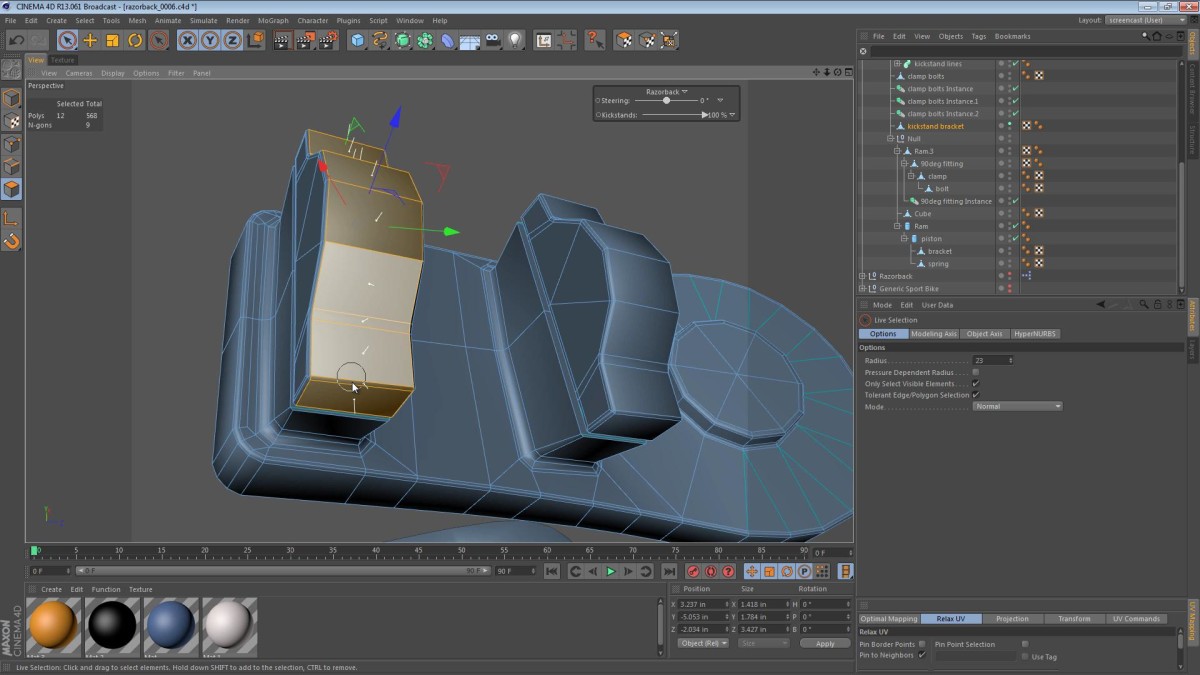
In this part of the Razorback series, we tackle the issue of our low-poly kickstand brackets. This continues along with the theme of making a low-poly or placeholder item look more polished before texturing and rendering. See the rest of the post for the video and related items.
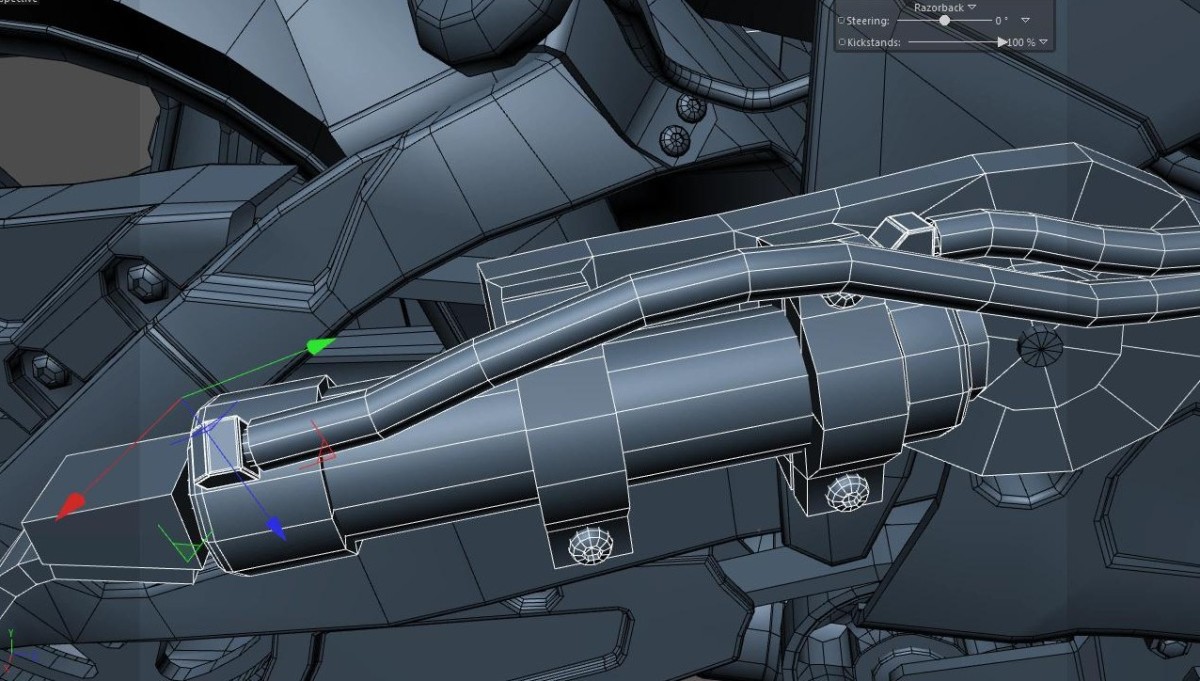
This installment of the Razorback Screencast looks at the little details on the kickstands. Our kickstands are automatic, hydraulic mechanisms that work in tandem to keep the bike upright when it slows or comes to a stop. From an engineering perspective; they will have a tough job and will likely be replaced regularly.
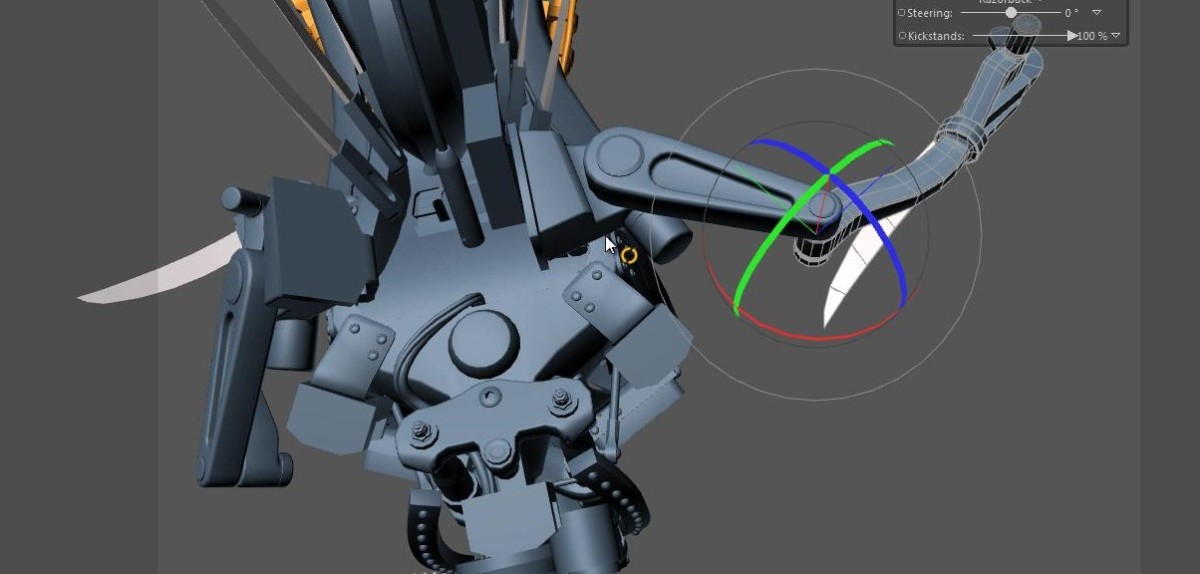
The robotic arms of the Razorback give it a lot of personality, while serving as its main focal point when regarding the high-tech sci-fi look of the machine. Read More

As the overall modeling of the Razorback project nears maturity, we’re starting to focus on some of the more detailed and nuanced areas of the model. For instance, let’s consider the kickstands. We know that they will be Pneumatic/Hydraulic, and we know that actuated stuff in sci-fi renditions must have hoses leading from the mechanism into the depths of the robot… it’s just cooler that way.
Having said all that, we need a way for the hoses to move and flex with the machine, and Read More

In this part of the Razorback video series, we tackle the kickstands and the hardware/hoses that connect them to the machine’s central systems. The hoses provide a challenge to us that we’ve not seen since the steering mechanisms.
